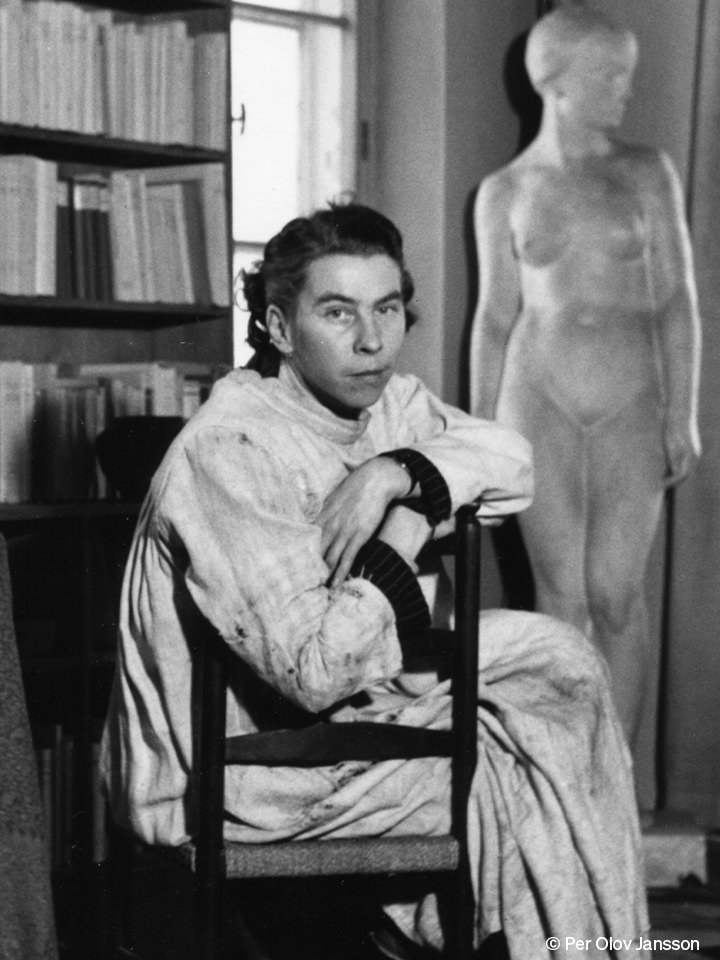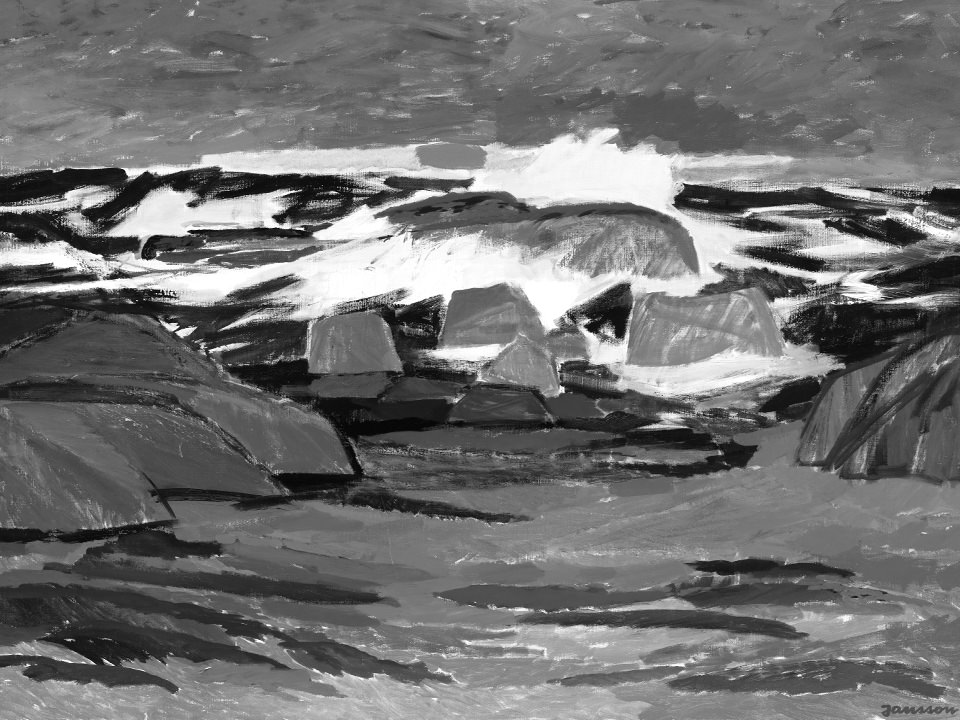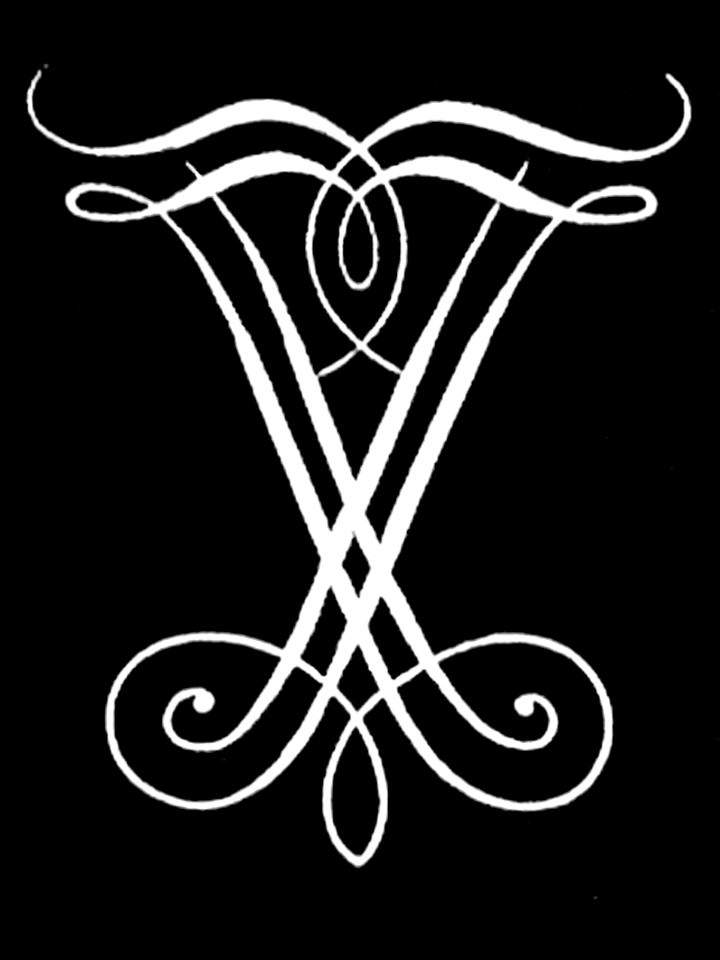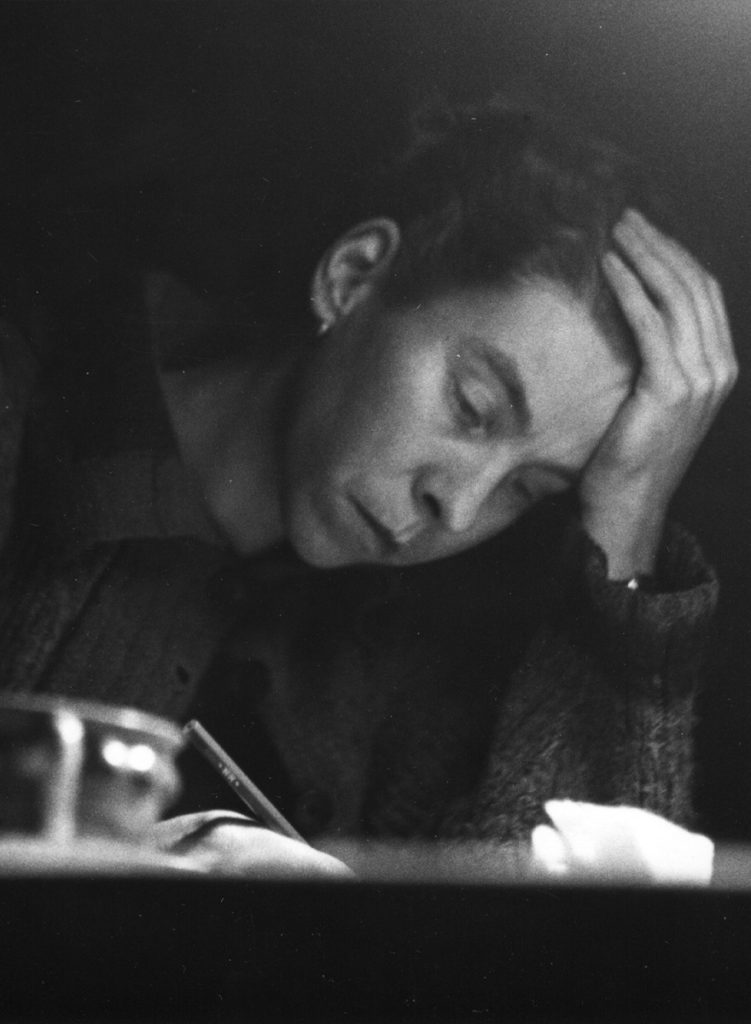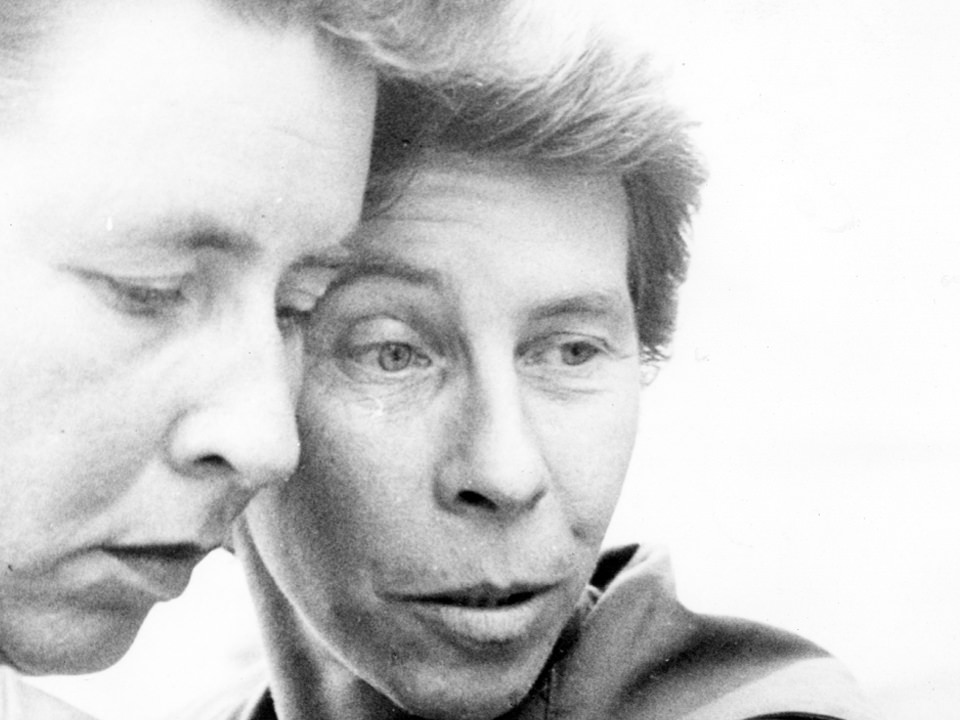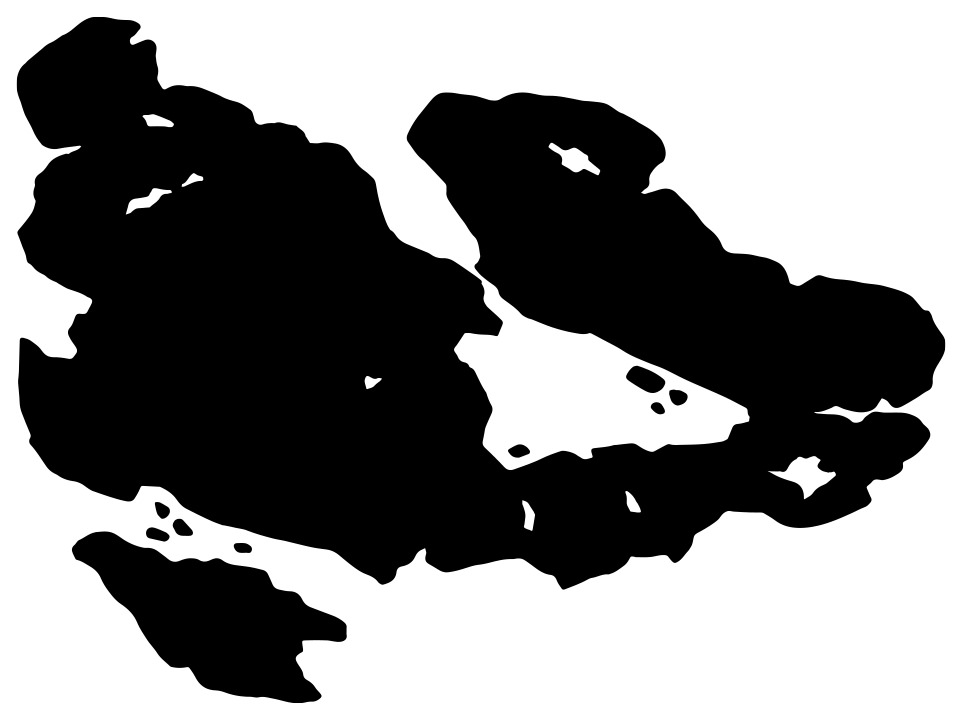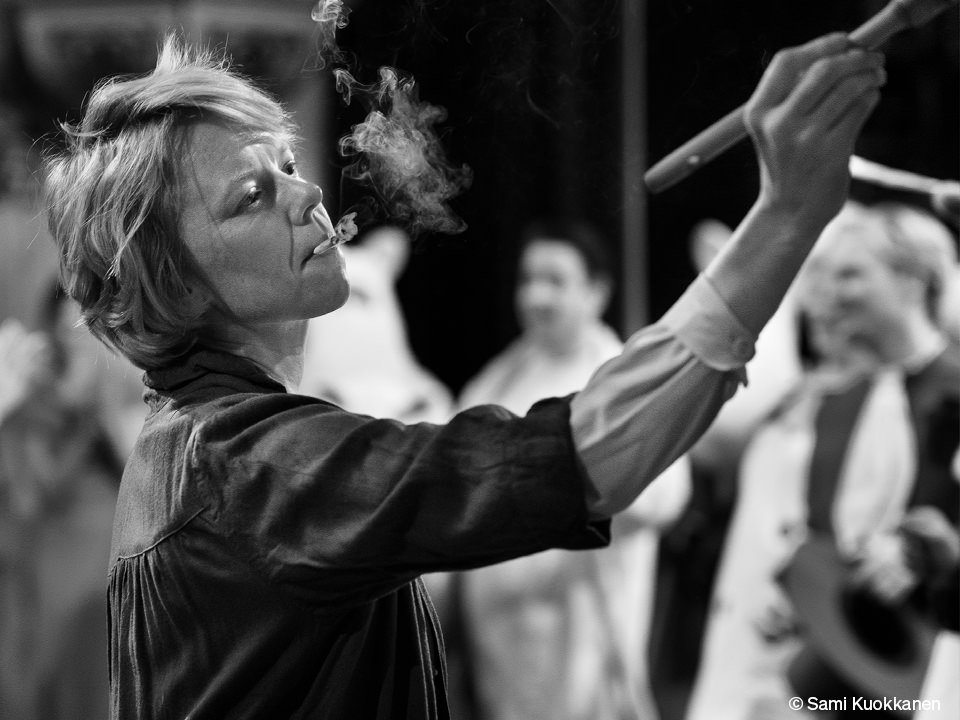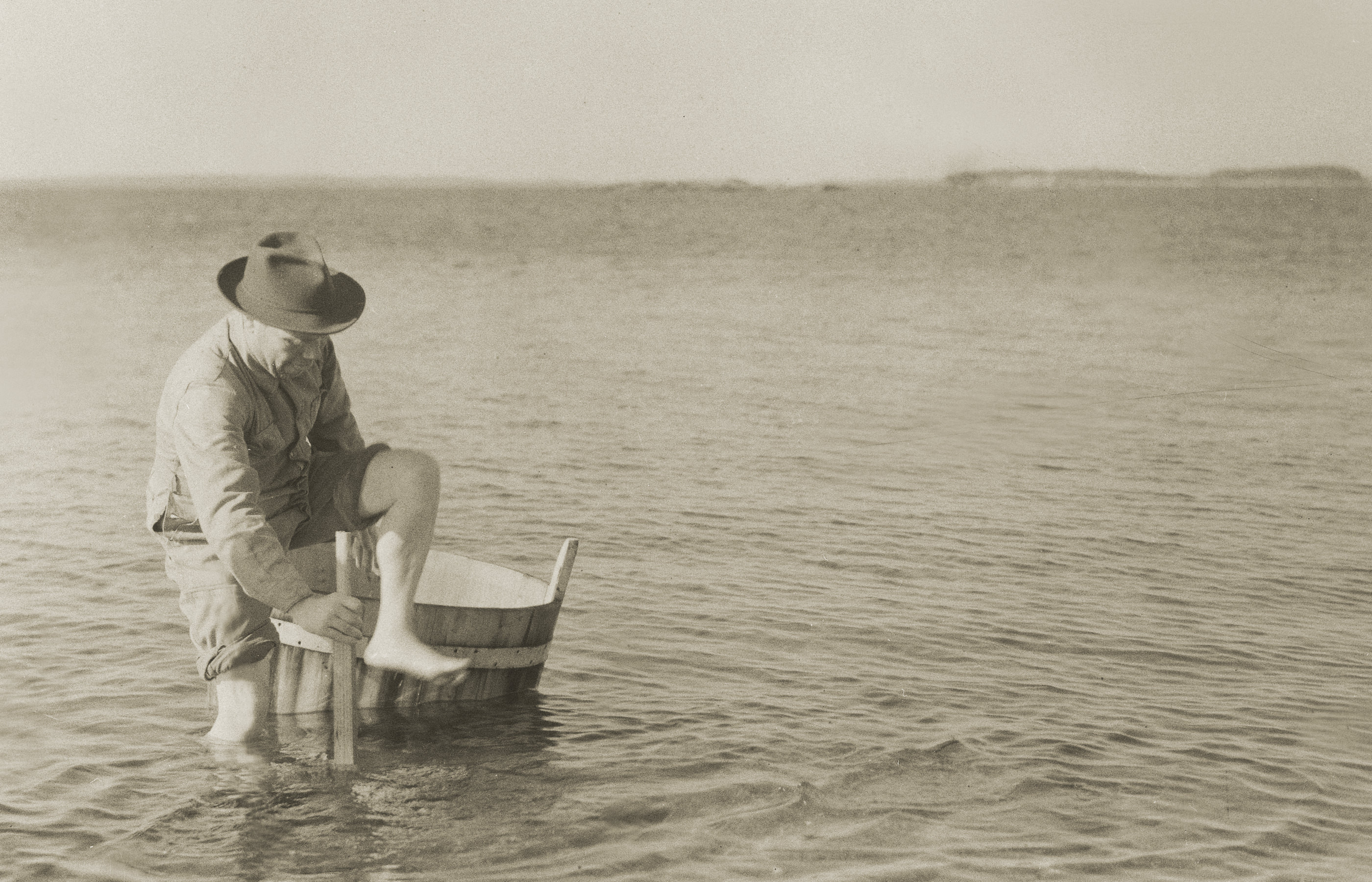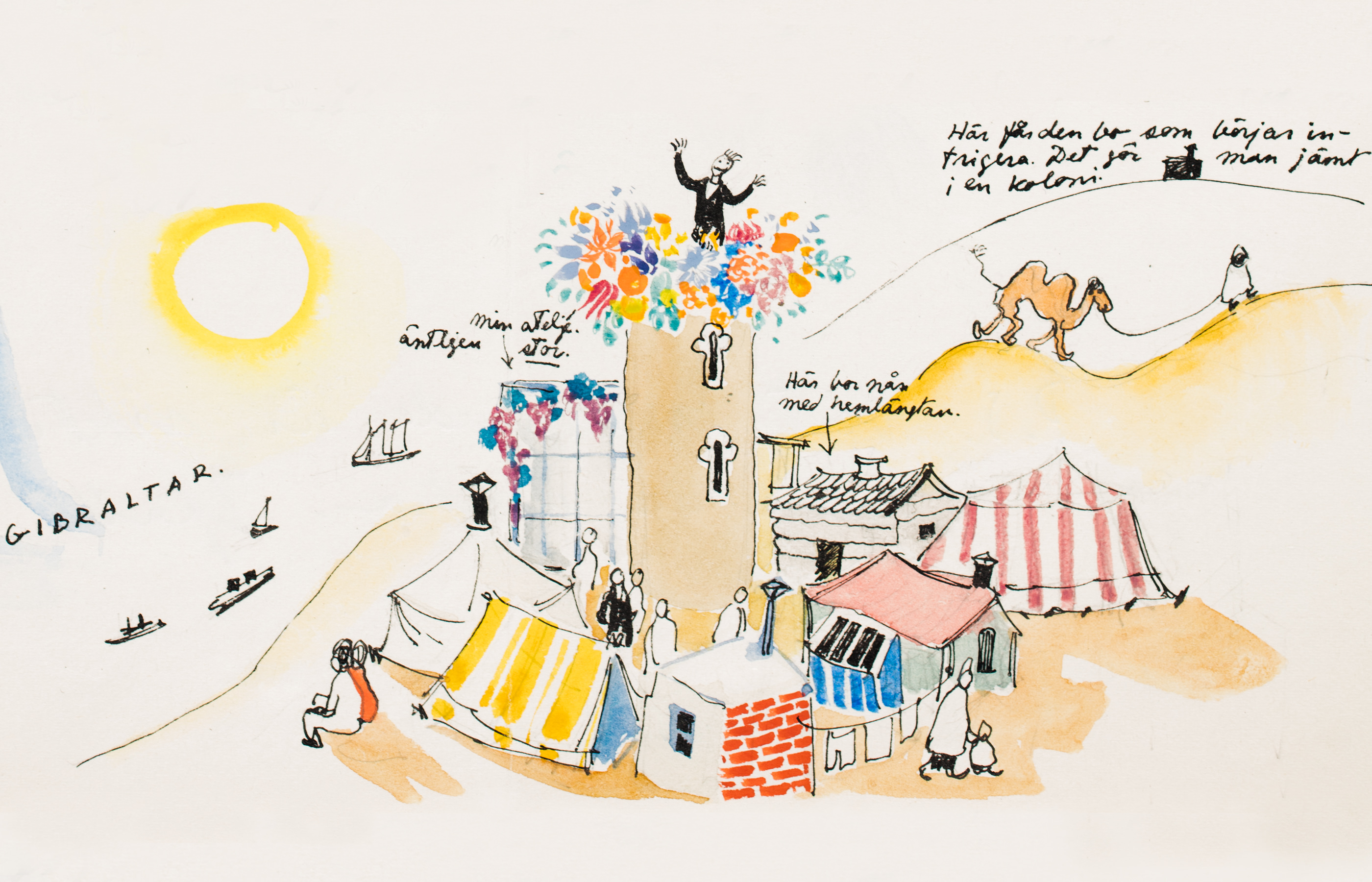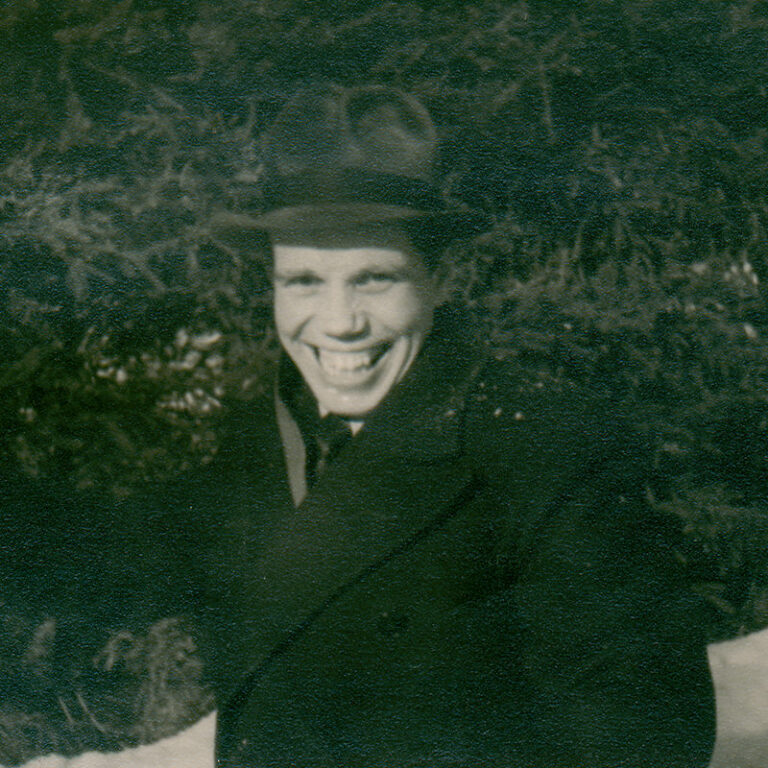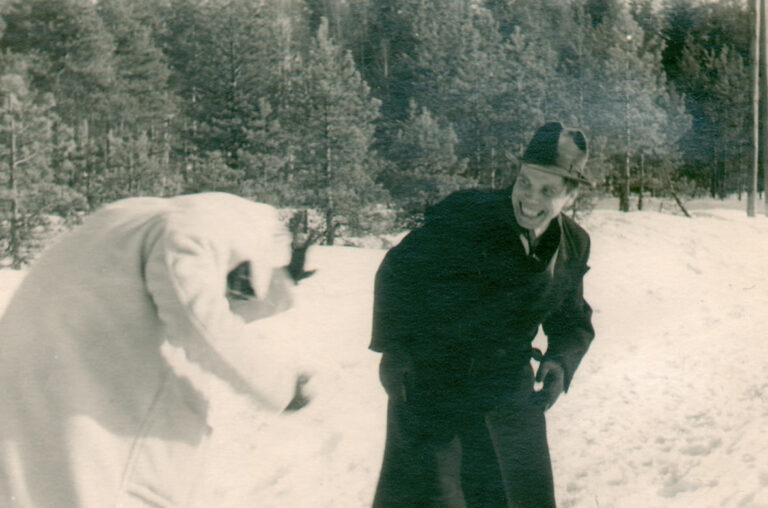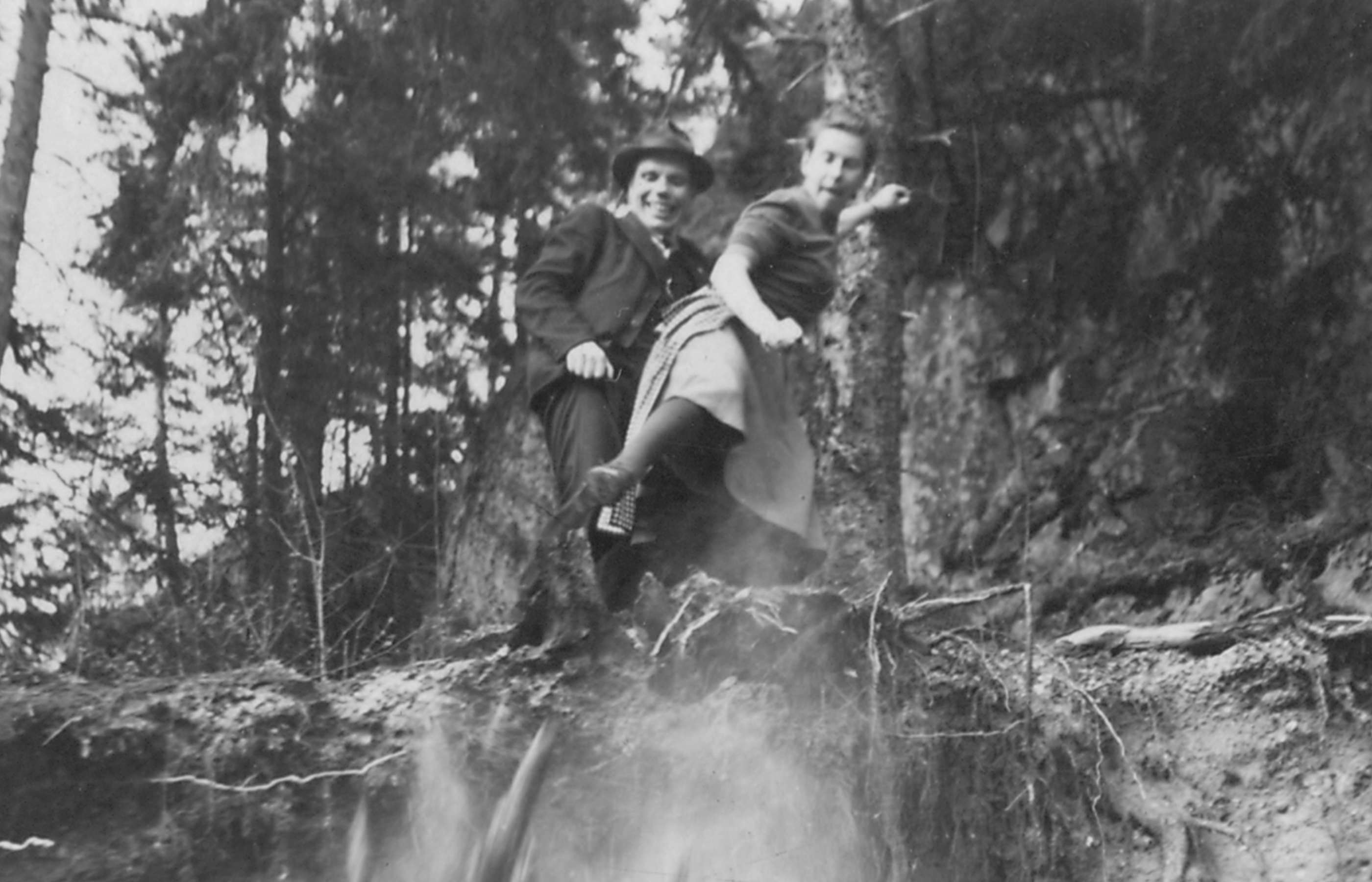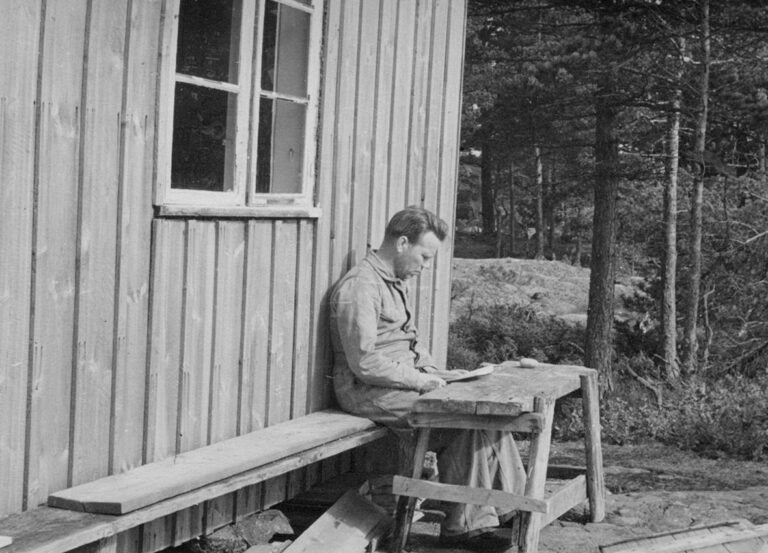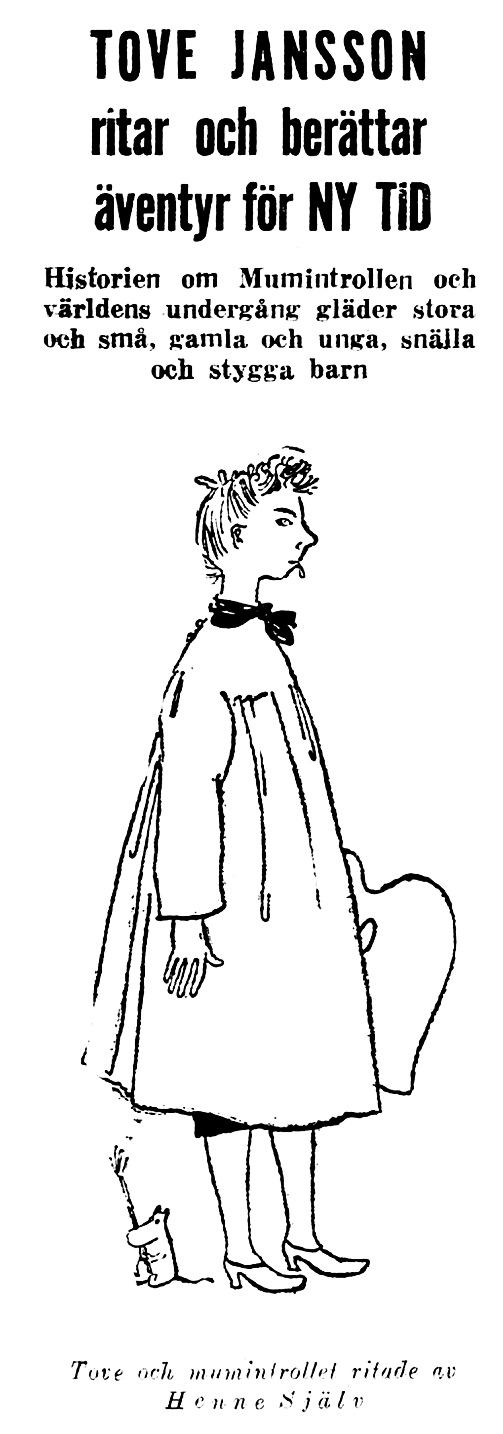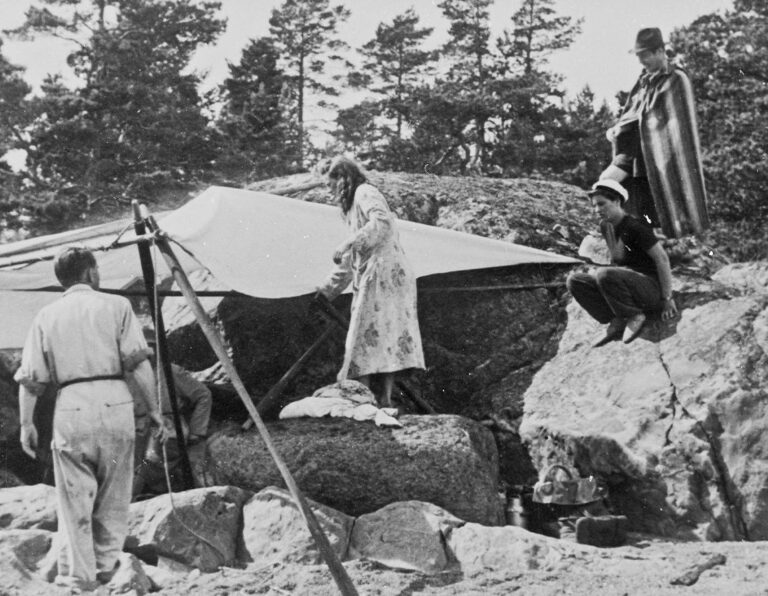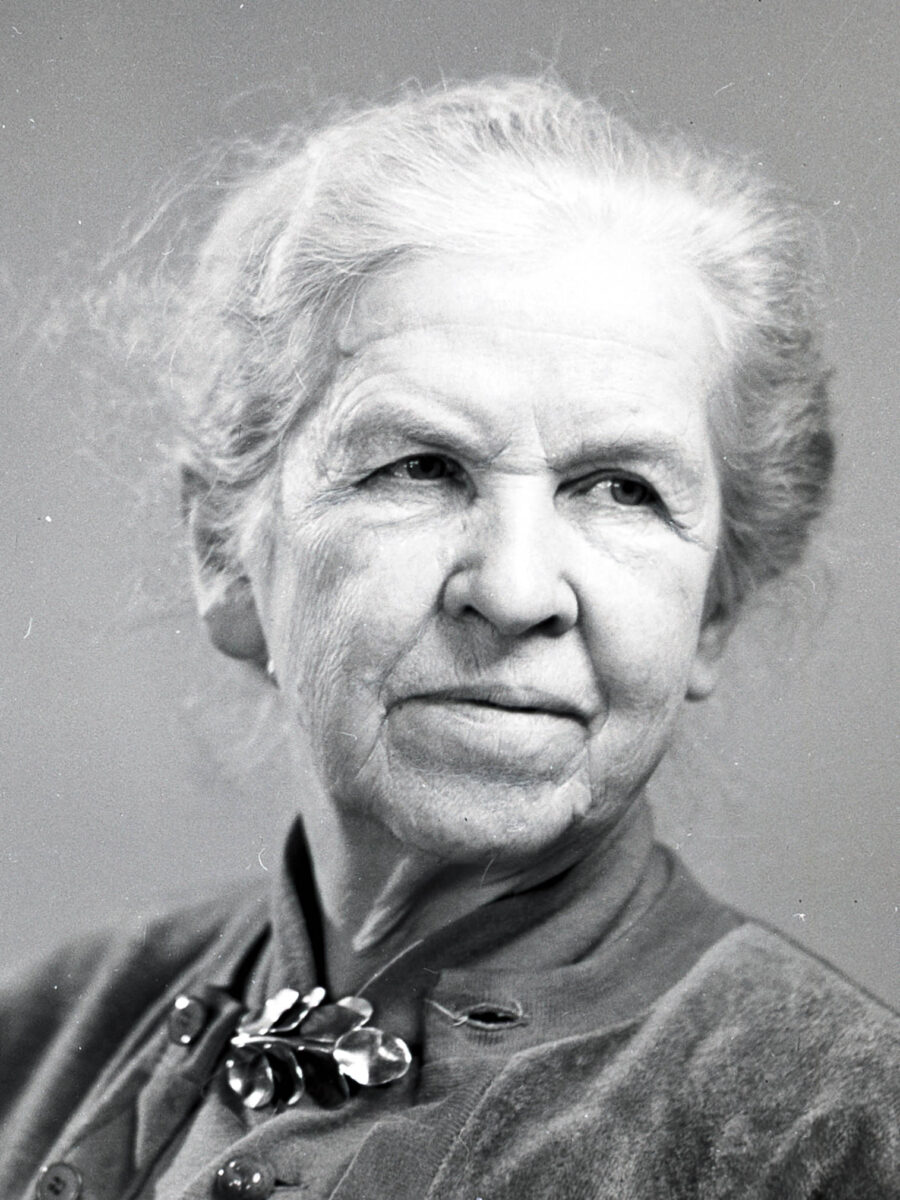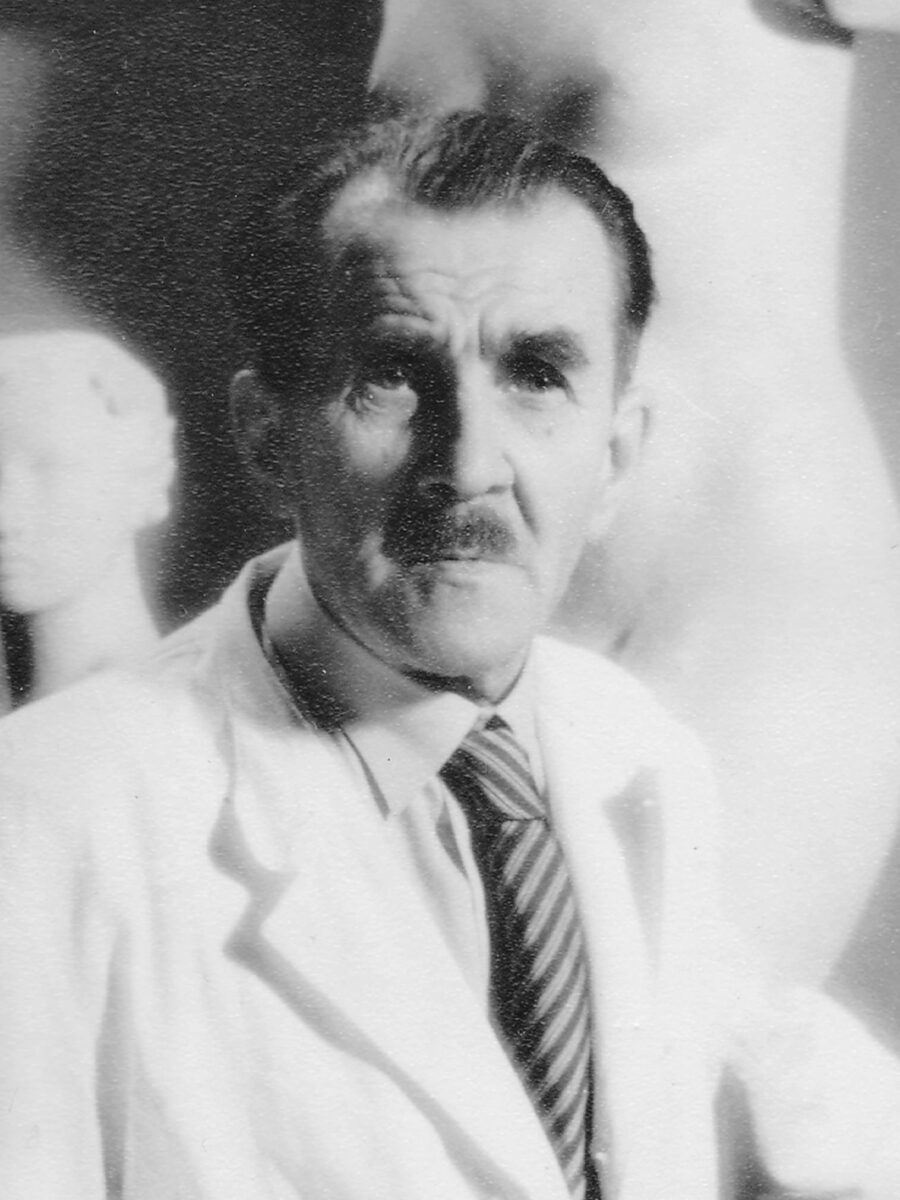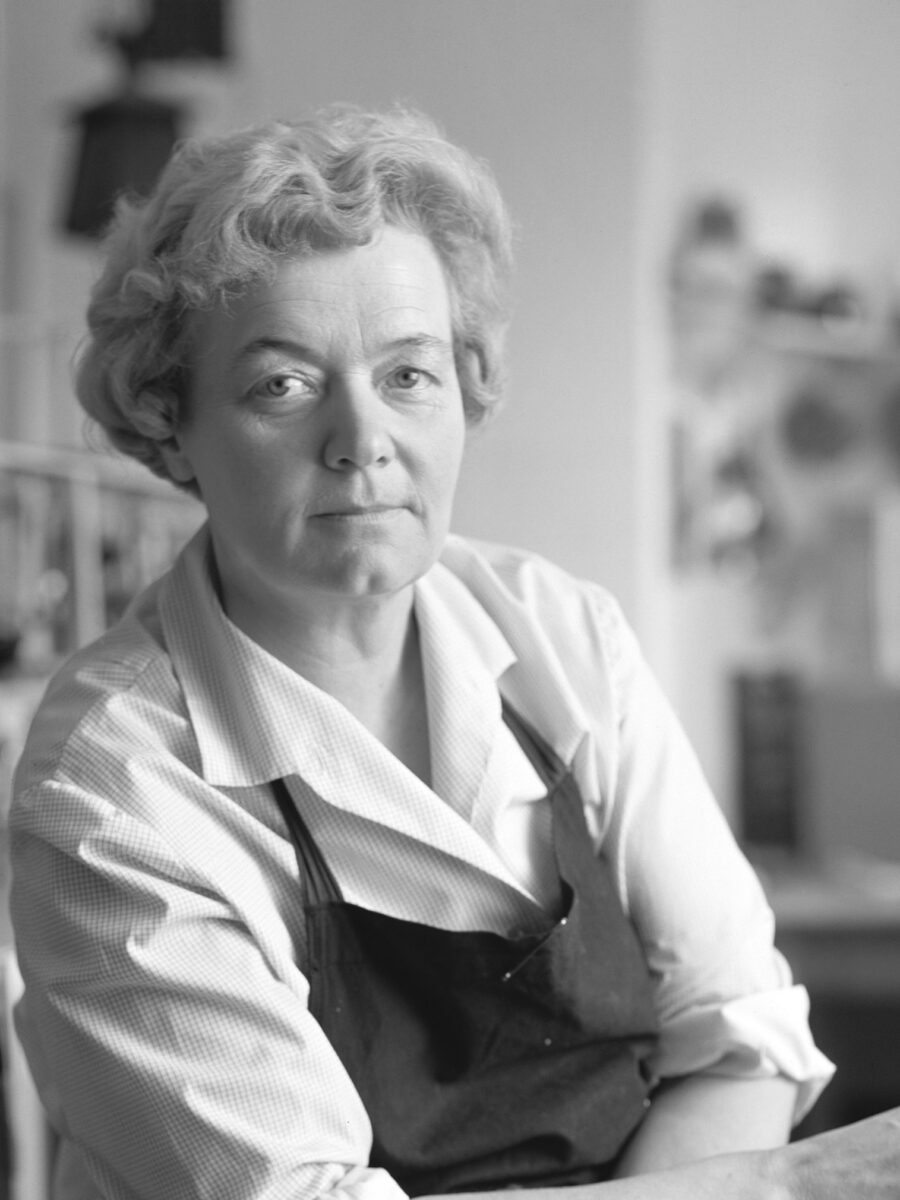LIFE, THOUGHTS AND UTOPIAS
“Full of untamed zest for life, with a dazzlingly clear mind.” This is how Tove Jansson characterizes writer and politician Atos Wirtanen in a letter in the autumn of 1944. By then they had been a couple for over a year. The affectionate description in the letter latches onto features they have in common. Atos Wirtanen loves parties as much as she does herself and his smile is wide and generous – he is “brimming with life, thoughts and utopias”. Together with him she is free to work and love at the same time, an ideal combination for the young artist Tove Jansson. And through love, she is seeing her world from a new perspective. ‘It was like discovering Pellinge all over again,” she writes in a letter after a summer week with him and the family out on the islands.
They met at the start of 1943 and Tove Jansson was soon part of the cultural and political circles that gathered at Wirtanen’s house at Kauniainen, outside Helsinki. The group included Finland-Swedish authors such as Gunnar Björling, Elmer Diktonius, Eva Wichman, Olof Enckell, Ralf Parland and Tito Colliander. Tove Jansson was enlisted as bartender at a wild party in February 1943 and in a letter to Eva Konikoff she describes mixing “explosive Manhattans” and other “fabulous cocktails” for about sixty people – “literary types, musicians and actors”. At that point, she and Atos had yet to find one another, but by the early summer of that year, she is writing her new man into her diary: “Atos”, on 17 June 1943.
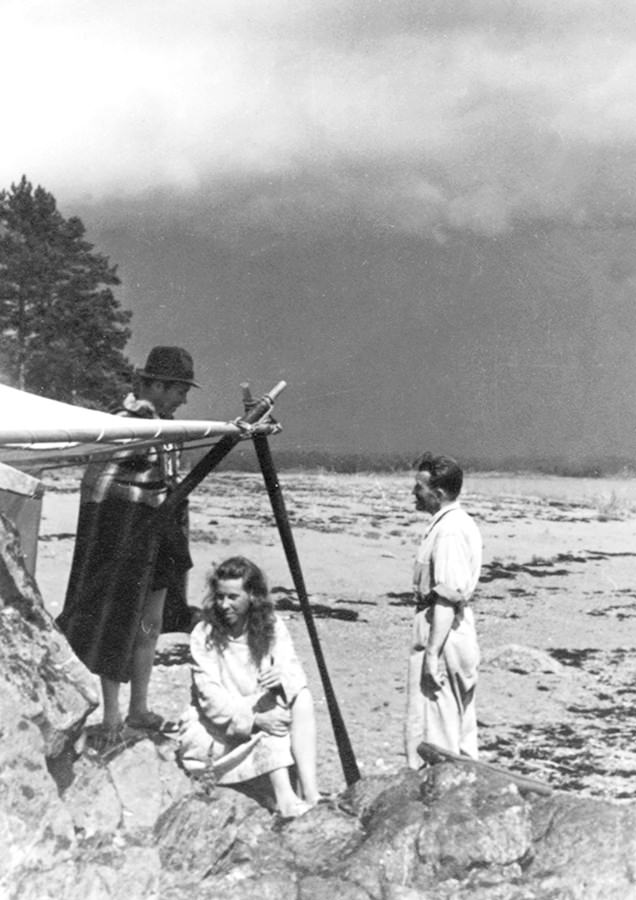

Atos Wirtanen together with Tove and Viktor Jansson in the Finnish archipelago in the 1940s.
“Full of untamed zest for life, with a dazzlingly clear mind.” This is how Tove Jansson characterizes writer and politician Atos Wirtanen in a letter in the autumn of 1944. By then they had been a couple for over a year. The affectionate description in the letter latches onto features they have in common. Atos Wirtanen loves parties as much as she does herself and his smile is wide and generous – he is “brimming with life, thoughts and utopias”. Together with him she is free to work and love at the same time, an ideal combination for the young artist Tove Jansson. And through love, she is seeing her world from a new perspective. ‘It was like discovering Pellinge all over again,” she writes in a letter after a summer week with him and the family out on the islands.
They met at the start of 1943 and Tove Jansson was soon part of the cultural and political circles that gathered at Wirtanen’s house at Kauniainen, outside Helsinki. The group included Finland-Swedish authors such as Gunnar Björling, Elmer Diktonius, Eva Wichman, Olof Enckell, Ralf Parland and Tito Colliander. Tove Jansson was enlisted as bartender at a wild party in February 1943 and in a letter to Eva Konikoff she describes mixing “explosive Manhattans” and other “fabulous cocktails” for about sixty people – “literary types, musicians and actors”. At that point, she and Atos had yet to find one another, but by the early summer of that year, she is writing her new man into her diary: “Atos”, on 17 June 1943.

